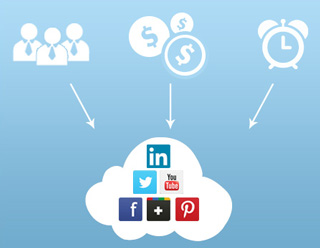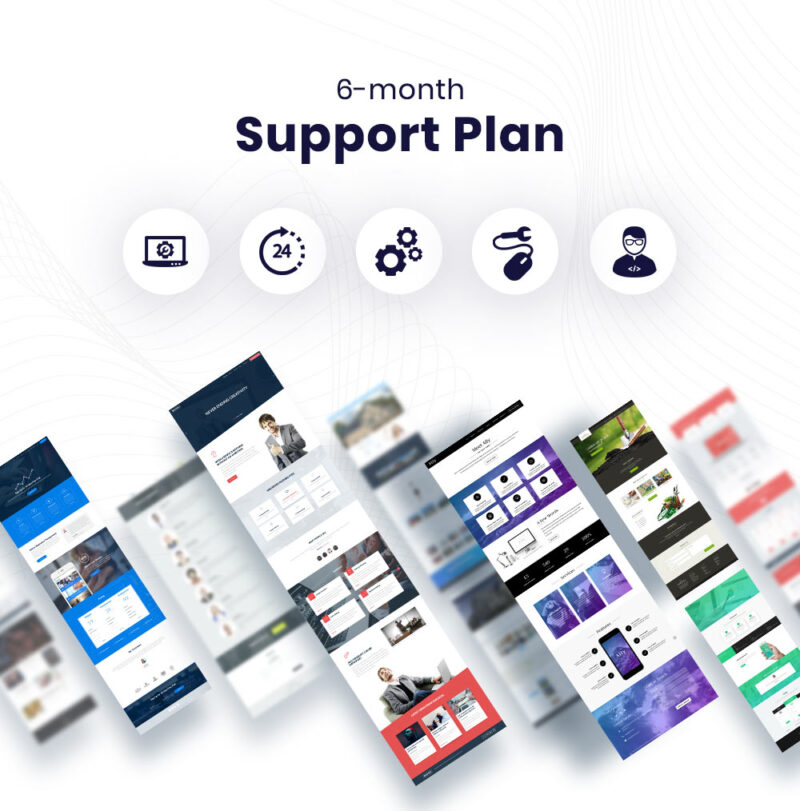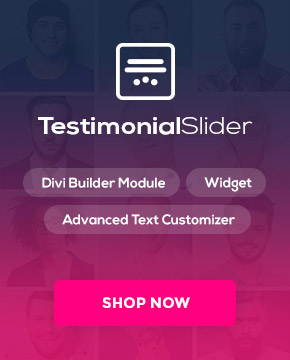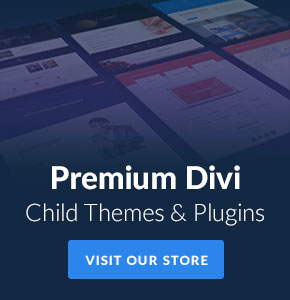Whether you run a large business, a pub or a small local store, you can tap into the power of Social Media to increase your fan base, understand your customers better and generate more sales. If you have been contemplating starting with Social Media for a while, but don’t know where to start, here are five steps to guide you through the process.
Decide why you want to use Social Media
Jumping onboard the Social Media wagon just because everyone else is doing it and you feel left behind won’t bring you much. Just like any other business initiative, Social Media requires some serious thinking and proper planning. And it all starts with a simple question: why?
Why do want to start with Facebook, Twitter or Google+? What are you trying to achieve?
Spend some time answering these questions and write down your objectives.
Do you want to increase your brand exposure, get customer feedback on your products, inform your clients of upcoming events? Dress a list of expectations, and write them on paper.
Choose which platform will be most adapted to your business
When talking about Social Media, one immediately thinks of Facebook, Twitter and Google+, but there are in fact dozens of other platforms. It is important that you carefully review them and select the ones you want to invest time and effort in.
Depending on the nature of your activities, some channels might be more effective than others. If you are a video producer, it makes sense to focus on Youtube. LinkedIn is always a good choice for B2B businesses, while Facebook can attract end consumers more easily. Craft aficionados are fond of Pinterest and musicians rely on MySpace to showcase their music.
We could continue the list for a while, but you get the idea.
Of course there is nothing stopping you from being active on various platforms, but it is best to focus your efforts on 2 or 3 when you start, or even less if you are really new to Social Media.

Identify the type of content you will share on your channels
Now that you have written your objectives and given some thoughts to why you want to use Social Media, you can start brainstorming on the type of content you will be sharing online.
For example, a local pub could use Social Media to update their patrons on upcoming events at the pub: local artist concerts, quiz nights, Happy Hours nights, etc.. In this case the updates would first be announcements of upcoming events, then reminders, then photos after the events.
There are various ways to engage people on Social Media:
• Giving updates about your business
• Sharing useful resources form other experts in your industry
• Organizing contests
• Giving backstage access to your company, showing what is done behind doors
• Asking questions
• Posting polls, etc..
Make sure you have the resources needed

While there is not much financial risk with Social Media, it can easily take a lot of time if not managed properly, and return on investment is quite hard to measure. So it is crucial that you have a proper plan in place on how you will manage your activities online.
Once you know how many channels you will be managing and what type of content you will be sharing on them, try to estimate the number of hours needed to look after your accounts. Social Media is addictive so we recommend that you have a detailed plan to control your activities.
For example, you might want to allocate 15 minutes twice a day to Social Media, or choose a day for each platform.
Be clear about who in your company will participate in your Social Media efforts. Will all staff have a role to play, or will it be limited to the Marketing department?
Additionally, you might want to outsource the whole exercise to a specialized agency.
Setup your accounts and get started
When you reach the point where you are ready to start, it is now time to setup an account with each of the platforms you selected and customize your profile before posting anything.
The customization part of your profile is indeed very important. You will need to write summaries of your business (or your personal bio), choose photos or avatars, create customized banners and other specific attributes for each channel. Each time, you need to ensure that you are aligned with your business (or personal) identity, communicating the same branding regardless of the platforms you choose.
The design part is an important aspect of the exercise, and creating beautiful and interesting fan pages will help you attract visitors. At this stage, if you do not feel comfortable with manipulating images or being artistic it is best to work with a creative agency.








